A great morning skincare routine is more than just a quick face wash and dab of lotion. Dermatological research shows that choosing the right cleanser and SPF each morning can protect your skin from up to 97 percent of harmful UVB rays. Most people think their nightly routine is enough, or that sunscreen is only for summer. Skipping key morning steps could mean missing out on skin that looks healthier and stays protected all day.
Table of Contents
- Step 1: Cleanse Your Face To Remove Nighttime Residue
- Step 2: Apply Toner For Balanced Skin PH
- Step 3: Use Serum To Target Specific Skin Concerns
- Step 4: Moisturize For Hydration Throughout The Day
- Step 5: Apply Sunscreen For Daily UV Protection
Quick Summary
| Key Point | Explanation |
|---|---|
| 1. Gentle Cleansing is Essential | Morning cleansing removes nighttime buildup without disrupting skin’s natural barrier. Use a suitable cleanser based on your skin type. |
| 2. Toner Prepares Skin for Moisturizers | Applying toner rebalances skin pH and enhances absorption of subsequent skincare products, ensuring a better overall effect. |
| 3. Choose the Right Serum for Concerns | Use serums tailored to specific issues, such as hydration or aging, applying them gently for maximum absorption. |
| 4. Moisturize for Protection and Hydration | A suitable moisturizer locks in hydration and defends against environmental stressors, ensuring your skin stays healthy and resilient. |
| 5. Daily Sunscreen is Non-Negotiable | Apply broad-spectrum sunscreen daily to shield skin from UV damage, preventing premature aging and maintaining long-term health. |
Step 1: Cleanse Your Face to Remove Nighttime Residue
Cleansing stands as the foundational first step in any effective morning skincare routine, acting as a critical reset mechanism that prepares your skin for subsequent treatments. During nighttime, your skin undergoes natural regeneration processes, accumulating oils, dead skin cells, and environmental residues that require careful removal to maintain a fresh, healthy complexion.
The primary goal of morning facial cleansing is to gently eliminate accumulated nighttime buildup without stripping your skin’s natural protective barrier. Unlike evening cleansing, which removes makeup and daily pollutants, morning cleansing focuses on refreshing and awakening your skin while maintaining its delicate balance.
Selecting the Right Cleanser for Your Skin Type
Choosing an appropriate cleanser is paramount to achieving optimal results. Individuals with dry or sensitive skin should opt for gentle, hydrating cleansers that contain minimal ingredients and have a creamy or milky texture. These formulations help maintain moisture while providing a soft, clean surface. For oily or combination skin types, lightweight gel or foam cleansers with mild exfoliating properties work best, helping to control excess sebum and prevent potential breakouts.
When applying your cleanser, use lukewarm water and soft, circular motions with your fingertips. Avoid using hot water, which can dehydrate your skin and cause irritation. Gently massage the cleanser into your skin for approximately 30-45 seconds, ensuring comprehensive coverage while being mindful of delicate areas around your eyes and mouth. Rinse thoroughly with lukewarm water, using clean hands to remove all product residue.
After cleansing, your skin should feel refreshed, clean, and balanced—never tight or dry. If you experience any excessive dryness or discomfort, it might indicate that your current cleanser is too harsh and requires adjustment.
Below is a comparison table that helps you select the most suitable cleanser, toner, serum, moisturizer, and sunscreen based on your skin type as discussed in the article.
| Step | Skin Type | Recommended Formulation | Key Ingredients/Features |
|---|---|---|---|
| Cleanser | Dry/Sensitive | Gentle, creamy/milky | Minimal ingredients, hydrating |
| Cleanser | Oily/Combination | Lightweight gel or foam | Mild exfoliants |
| Toner | Sensitive | Alcohol-free, soothing | Chamomile, aloe vera |
| Toner | Oily/Acne-prone | Lightweight, gentle exfoliants | Salicylic acid, witch hazel |
| Serum | Dry | Hydrating serum | Hyaluronic acid |
| Serum | Aging | Firming/brightening serum | Vitamin C, peptides |
| Serum | Uneven Tone | Brightening serum | Niacinamide |
| Moisturizer | Dry | Rich cream | Ceramides, glycerin |
| Moisturizer | Oily/Combination | Lightweight gel | Oil-free, hydrating |
| Sunscreen | Sensitive | Mineral-based broad-spectrum | Zinc oxide, titanium dioxide |
| Sunscreen | Oily/Acne-prone | Lightweight, non-comedogenic | Broad-spectrum, SPF 30+ |
Remember, consistency is key in your morning skincare routine. By dedicating time to proper cleansing, you create an ideal canvas for the subsequent steps of moisturizing and protection that will follow in your comprehensive skincare regimen.
Step 2: Apply Toner for Balanced Skin pH
Toner represents a critical bridge between cleansing and moisturizing in your morning skincare routine, serving as a powerful preparatory step that rebalances and primes your skin for subsequent treatments. After cleansing, your skin’s natural pH can be disrupted, creating an environment that might compromise its protective barrier and potential product absorption.
Modern toners are far more sophisticated than their astringent predecessors, functioning as multi-purpose skin conditioning agents that restore equilibrium, provide hydration, and create an optimal canvas for subsequent skincare products. Unlike older formulations that often stripped skin, contemporary toners are designed to nurture and support your skin’s delicate microbiome.
Selecting and Applying Toner with Precision
The application technique is equally as important as the toner’s composition. Begin by selecting a toner specifically matched to your skin type. For sensitive skin, look for alcohol-free formulations with soothing ingredients like chamomile or aloe vera. Oily or acne-prone skin benefits from lightweight toners containing gentle exfoliating agents such as salicylic acid or witch hazel.
Application requires a gentle, deliberate approach. Pour a small amount of toner onto a clean cotton pad or directly into your palms. If using a cotton pad, gently sweep it across your face using upward and outward motions, avoiding the delicate eye area. When applying with hands, press the toner lightly into your skin using soft, patting motions that encourage absorption without causing unnecessary friction.
Pay special attention to areas that tend to be more problematic, such as the T-zone, but maintain a light touch. The goal is uniform coverage that feels refreshing and weightless. Research from the International Journal of Cosmetic Science suggests that proper toner application can significantly enhance the efficacy of subsequent skincare products by creating an optimally prepared skin surface.
Successful toner application should leave your skin feeling balanced, slightly damp, and prepared for moisturizer. Your complexion should appear more even-toned, with a subtle, healthy glow. If you experience any tingling, redness, or discomfort, this may indicate that the toner is too harsh for your skin type and requires reformulation or replacement.
Remember that toner is not just an optional step, but a strategic intervention that sets the stage for your entire morning skincare routine. By carefully selecting and applying the right toner, you transform a simple skincare moment into a targeted treatment that supports your skin’s natural health and resilience.
Step 3: Use Serum to Target Specific Skin Concerns
Serums represent the precision instruments of skincare, delivering concentrated active ingredients directly to your skin with laser-focused intention. Unlike moisturizers, which primarily hydrate and protect, serums penetrate deeper layers, addressing specific skin concerns with potent formulations designed for maximum effectiveness.
The transformative power of serums lies in their molecular composition and targeted approach. These lightweight, rapidly absorbing treatments are engineered to deliver high-performance ingredients that can dramatically improve skin texture, tone, and overall health. Whether you’re combating early signs of aging, managing hyperpigmentation, or seeking to enhance your skin’s natural radiance, the right serum can be a game-changing addition to your morning skincare routine.
Selecting and Applying Your Ideal Serum
Choosing a serum requires careful consideration of your unique skin profile and primary concerns. Dry skin benefits from hyaluronic acid serums that attract and retain moisture, creating a plump, hydrated appearance. Aging skin responds well to serums containing vitamin C and peptides, which support collagen production and provide antioxidant protection. Those dealing with uneven skin tone might opt for niacinamide-based serums that help minimize dark spots and refine skin texture.
Application technique is just as crucial as product selection. After toning, dispense 2-3 drops of serum into your palm or directly onto your fingertips. Gently press and pat the serum into your skin using light, upward motions. This technique ensures maximum absorption and helps stimulate circulation without causing unnecessary friction. Focus on areas of specific concern, but maintain an even application across your entire face and neck.
Research from the International Journal of Cosmetic Science confirms that properly applied serums can significantly enhance skin’s absorption of subsequent skincare products, creating a synergistic effect that amplifies overall treatment efficacy.
Successful serum application should result in a smooth, slightly dewy appearance. Your skin should feel immediately more refined, with a subtle luminosity that suggests deep nourishment. If the serum leaves a sticky or uncomfortable residue, it might indicate that you’ve applied too much product or selected a formulation incompatible with your skin type.
Remember that serums are not one-size-fits-all solutions. What works brilliantly for one person might not yield the same results for another. Pay attention to how your skin responds, and be prepared to adjust your selection. Consistency is key—give any new serum at least four to six weeks to demonstrate its full potential, allowing your skin time to adapt and respond to the concentrated treatment.
Step 4: Moisturize for Hydration Throughout the Day
Moisturizing represents the protective seal of your morning skincare routine, transforming the previous preparatory steps into a comprehensive defense mechanism for your skin. This crucial stage not only locks in the benefits of your cleanser, toner, and serum but also creates a protective barrier that shields your skin from environmental stressors throughout the day.
The right moisturizer acts like a dynamic shield, balancing hydration while providing critical protective functions. Unlike popular misconception, moisturizing is not about adding unnecessary weight to your skin, but creating an optimal environment that supports your skin’s natural healing and protective mechanisms.
Matching Moisturizer to Your Skin’s Unique Needs
Selecting a moisturizer requires understanding your skin’s specific characteristics and daily environmental challenges. Dry skin types benefit from richer, cream-based formulations containing ingredients like ceramides and glycerin that provide deep, lasting hydration. Oily or combination skin responds better to lightweight, gel-based moisturizers that offer hydration without causing congestion or excess shine.
Application technique is paramount in maximizing your moisturizer’s effectiveness. After allowing your serum to absorb completely, warm a small amount of product between your fingertips. Using gentle, upward sweeping motions, press the moisturizer into your skin, focusing on even distribution. Pay special attention to areas prone to dryness, such as cheeks and around the eyes, while maintaining a light touch that allows the product to penetrate without excessive rubbing.
Dermatological research from the Journal of Cosmetic Dermatology highlights the importance of consistent moisturizer application in maintaining skin barrier function and preventing transepidermal water loss. By creating a protective lipid layer, your moisturizer helps maintain optimal skin hydration and resilience against external aggressors.
Successful moisturizer application should result in skin that feels soft, smooth, and comfortably hydrated—never greasy or tight. Your complexion should appear plump and have a subtle, healthy radiance.
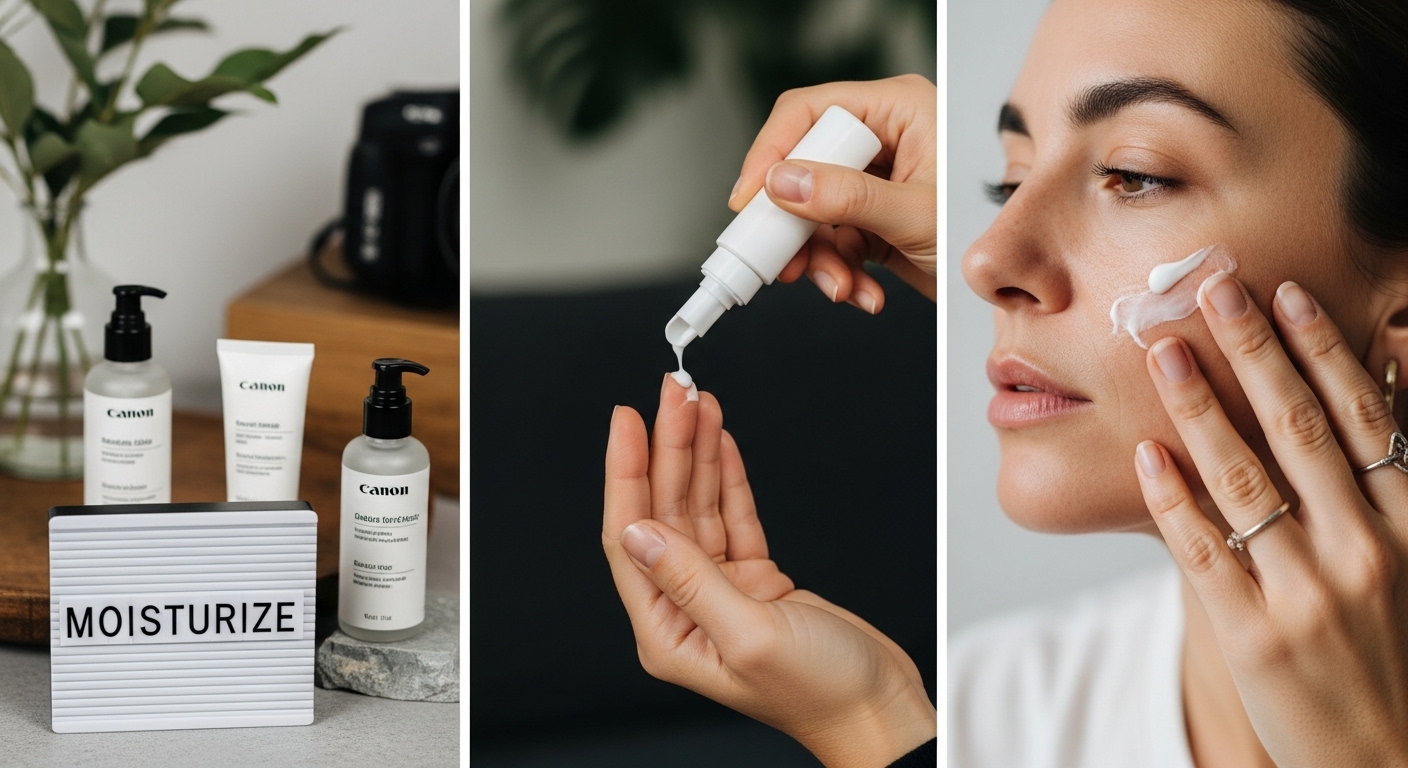 If you notice any white residue, excessive shine, or feelings of heaviness, this might indicate that you’ve applied too much product or selected a formulation incompatible with your skin type.
If you notice any white residue, excessive shine, or feelings of heaviness, this might indicate that you’ve applied too much product or selected a formulation incompatible with your skin type.
Here is a comprehensive troubleshooting table to help identify and resolve common issues with your morning skincare routine as described in the article.
| Problem | Possible Cause | Solution Suggested by Article |
|---|---|---|
| Skin feels tight/dry after cleansing | Cleanser too harsh or water too hot | Switch to gentler cleanser, use lukewarm water |
| Excess shine or greasy residue after moisturizing | Applied too much or wrong type for skin | Use less product, choose lightweight/gel-based moisturizer |
| Tingling/redness after toner | Toner too harsh for skin type | Switch to alcohol-free or sensitive skin formulation |
| Sticky/uncomfortable residue from serum | Too much serum or incompatible formula | Reduce amount or try a different serum |
| White cast/heaviness from sunscreen | Incompatible formula or excess applied | Use less, select lightweight/mineral or non-comedogenic sunscreen |
| Burning or irritation from sunscreen | Product causes irritation | Switch to mineral-based option for sensitive skin |
Remember that moisturizing is not a one-size-fits-all process. Your skin’s needs can change with seasons, stress levels, and hormonal fluctuations. Stay attentive to how your skin responds, and be willing to adjust your moisturizer accordingly. The goal is to create a harmonious balance that supports your skin’s natural functions while providing protection and nourishment throughout the day.
Step 5: Apply Sunscreen for Daily UV Protection
Sunscreen stands as the ultimate defensive barrier in your morning skincare routine, serving as a critical shield against potentially damaging ultraviolet radiation that can accelerate skin aging, cause hyperpigmentation, and increase long-term skin cancer risks. This final step transforms your carefully curated skincare regimen from a cosmetic routine into a comprehensive health protection strategy.
Sunscreen is not merely a seasonal accessory but a year-round necessity for maintaining skin health and preventing premature aging. Whether you’re experiencing direct sunlight, working near windows, or even encountering incidental exposure during daily activities, UV rays continuously interact with your skin, making daily protection fundamental to your overall skincare approach.
Selecting and Applying Sunscreen with Precision
Choosing the right sunscreen requires understanding your skin type and daily environment. Individuals with sensitive skin should opt for mineral-based sunscreens containing zinc oxide or titanium dioxide, which provide broad-spectrum protection with minimal irritation. Those with oily or acne-prone skin might prefer lightweight, non-comedogenic formulations that offer protection without clogging pores.
Application technique is crucial for achieving comprehensive protection. After moisturizing, take a nickel-sized amount of sunscreen and warm it between your fingertips. Apply using gentle, upward motions, ensuring complete and even coverage across your face, neck, and any exposed areas like ears and décolletage. Pay special attention to typically neglected areas, such as the sides of your face, around the eyes, and along the hairline.
Dermatological research from the Skin Cancer Foundation emphasizes the importance of using a broad-spectrum sunscreen with at least SPF 30, which blocks approximately 97% of harmful UVB rays. Reapplication every two hours is recommended, especially if you’re spending extended time outdoors or experiencing direct sunlight.
Successful sunscreen application should result in a uniform, barely perceptible layer that doesn’t leave a white cast or feel heavy on your skin. Your complexion should appear natural, with a subtle, protected finish. If you experience any burning, excessive shine, or visible residue, you might need to adjust your product selection or application technique.
Remember that sunscreen is more than a cosmetic step—it’s a critical investment in your long-term skin health. Consistent daily protection can significantly reduce the risk of premature aging, sunspots, and potential skin damage. Treat your sunscreen as the final, most important seal of protection in your morning skincare ritual, defending your skin against environmental stressors and maintaining its natural beauty and resilience.
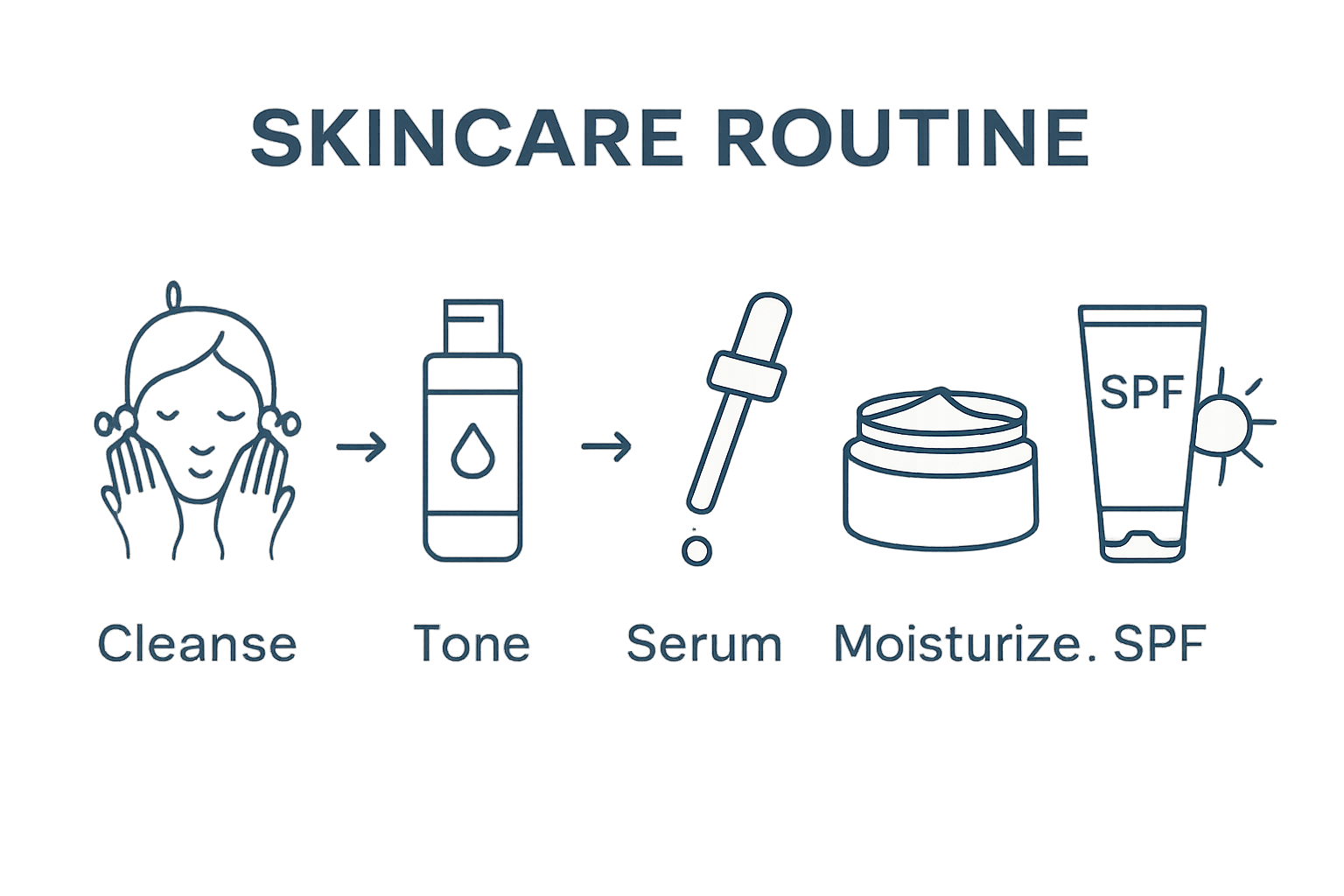
Upgrade Your Morning Skincare Routine with GNS Beauty
Every step in your morning skincare routine matters, from choosing the right cleanser to applying a protective sunscreen. But the real challenge is finding safe, high-quality products that truly deliver results while caring for your unique skin needs. If you struggle with selecting gentle yet effective cleansers, lightweight serums, or eco-conscious moisturizers, you are not alone. Many readers want glowing, balanced skin but feel overwhelmed by endless product options and confusing labels. Your journey to healthy, radiant skin can be simple and rewarding with the right tools.
Discover a curated collection of clean, nourishing skincare essentials to perfect every step of your glow routine. On GNS Beauty & Personal Care, you will find premium, sustainable solutions designed to cleanse away nighttime residue, balance your skin’s pH, target concerns with potent serums, and protect your skin all day. Each product is chosen to support your self-care goals and enhance your natural beauty with visible, lasting results.
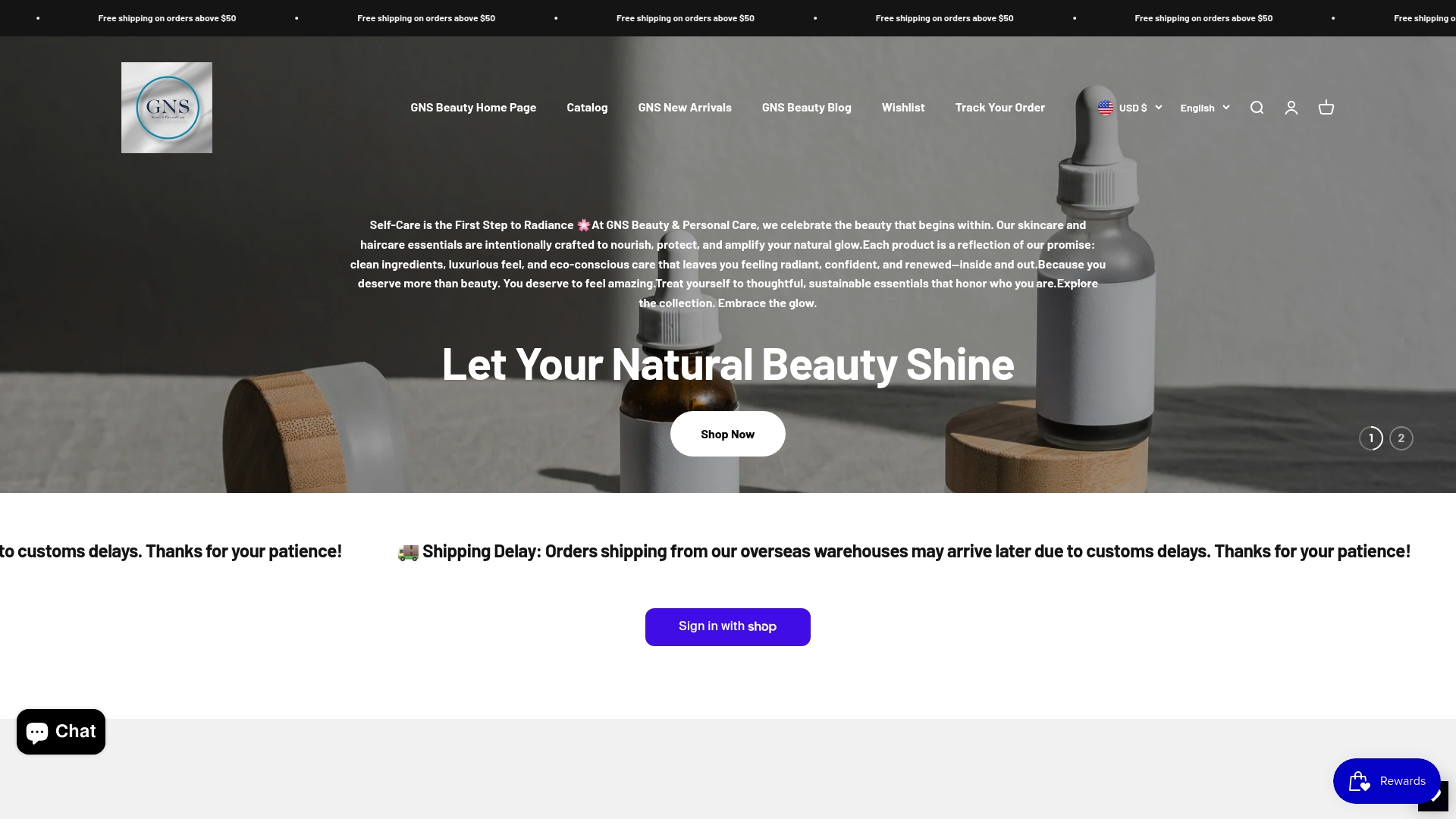
Do not wait to transform your skincare experience. Visit GNS Beauty & Personal Care now and explore expertly crafted formulas that turn your essential morning routine into a moment of confidence and wellness. Shop today to get the glowing skin you deserve, backed by a shopping experience built for self-care seekers like you.
Frequently Asked Questions
What are the key steps in a morning skincare routine?
A morning skincare routine typically consists of five essential steps: cleansing, toning, applying serum, moisturizing, and applying sunscreen. Each step plays a vital role in maintaining healthy, glowing skin.
How do I choose the right cleanser for my skin type?
Selecting the right cleanser depends on your skin type. For dry or sensitive skin, choose a gentle, hydrating cleanser with a creamy texture. For oily or combination skin, opt for lightweight gel or foam cleansers that may contain mild exfoliating properties to control excess oil.
Why is it important to use sunscreen daily?
Daily sunscreen use is crucial for protecting your skin from damaging UV rays that can cause premature aging, hyperpigmentation, and increase the risk of skin cancer. It’s a vital step in preventing long-term skin damage, regardless of the weather or season.
How long does it take to see results from using a serum?
Typically, it can take about four to six weeks to see noticeable results from a serum. This timeframe allows your skin to adjust and respond to the concentrated active ingredients effectively.
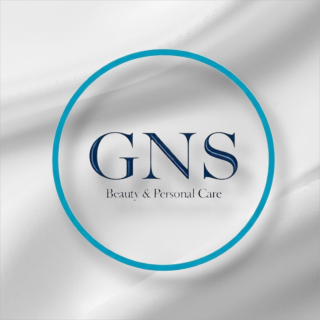
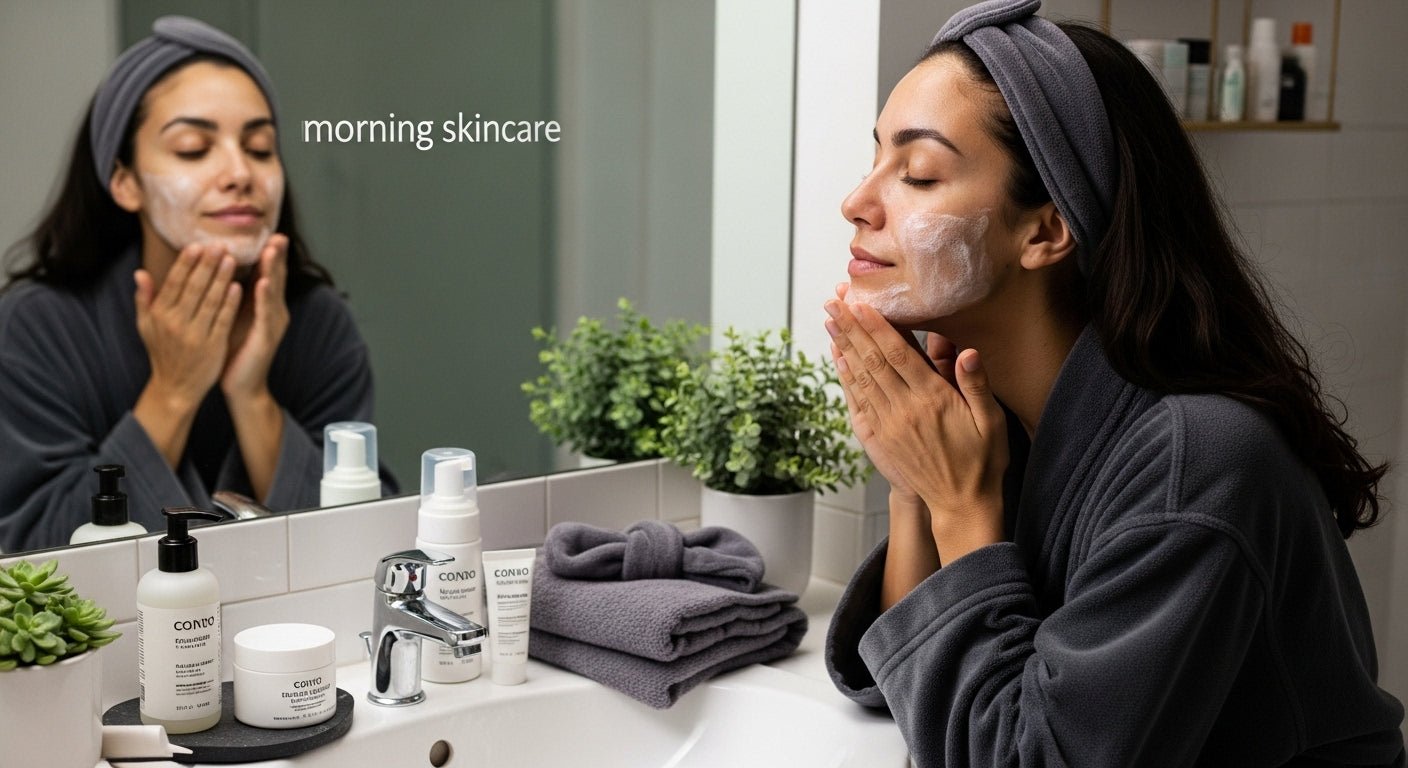
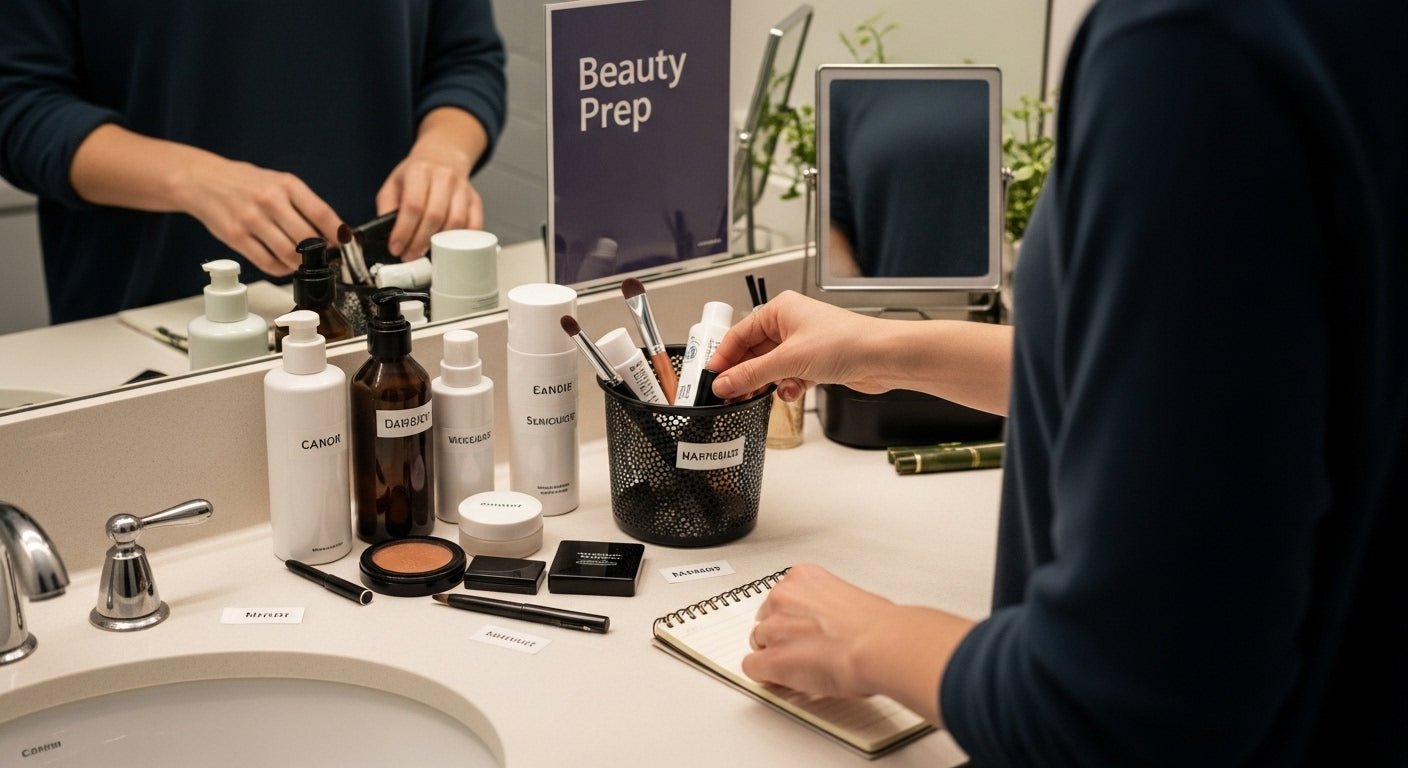
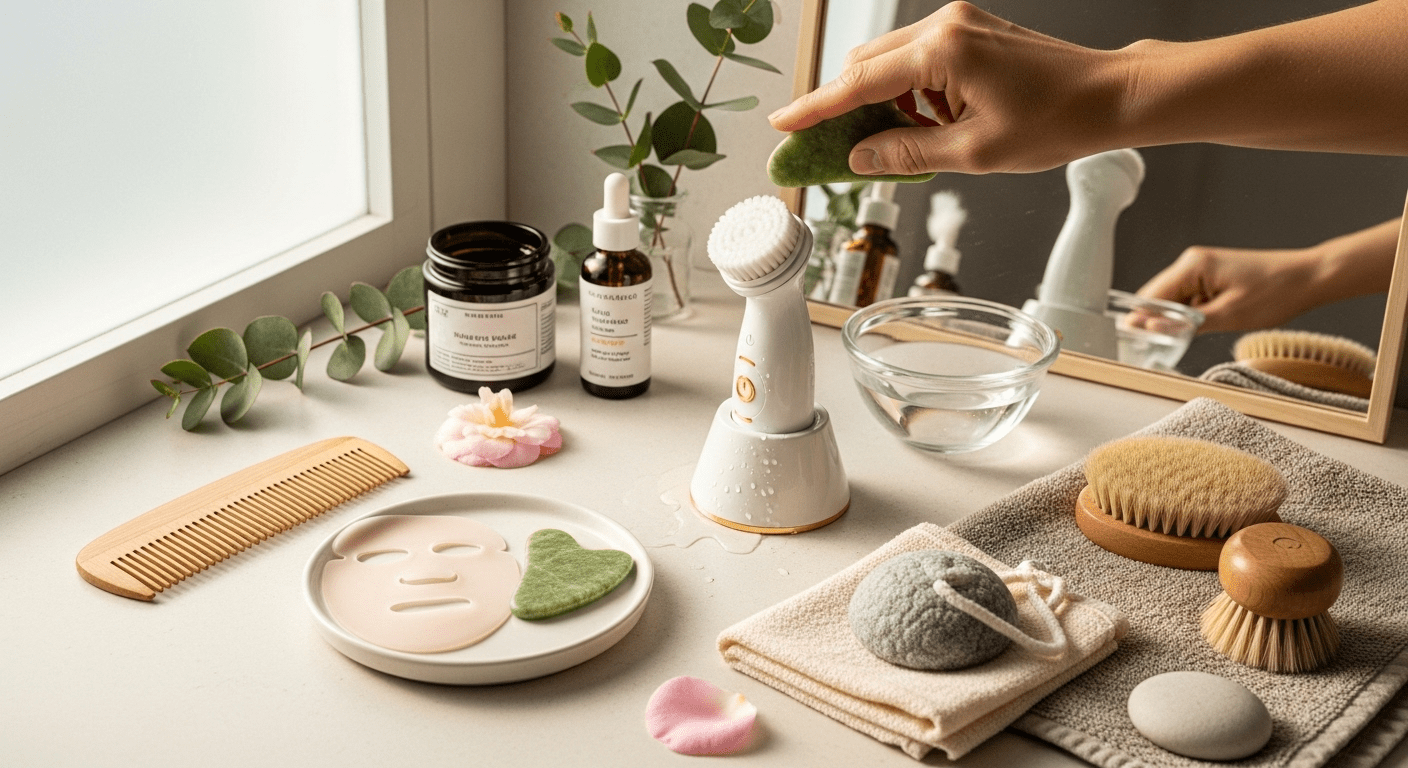




Leave a comment
All comments are moderated before being published.
This site is protected by hCaptcha and the hCaptcha Privacy Policy and Terms of Service apply.